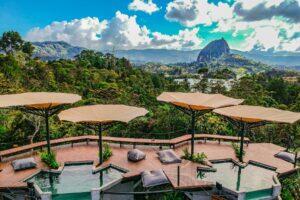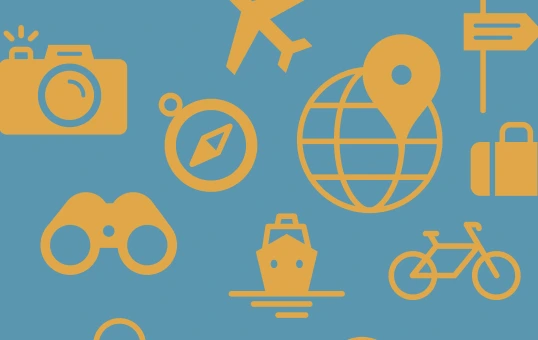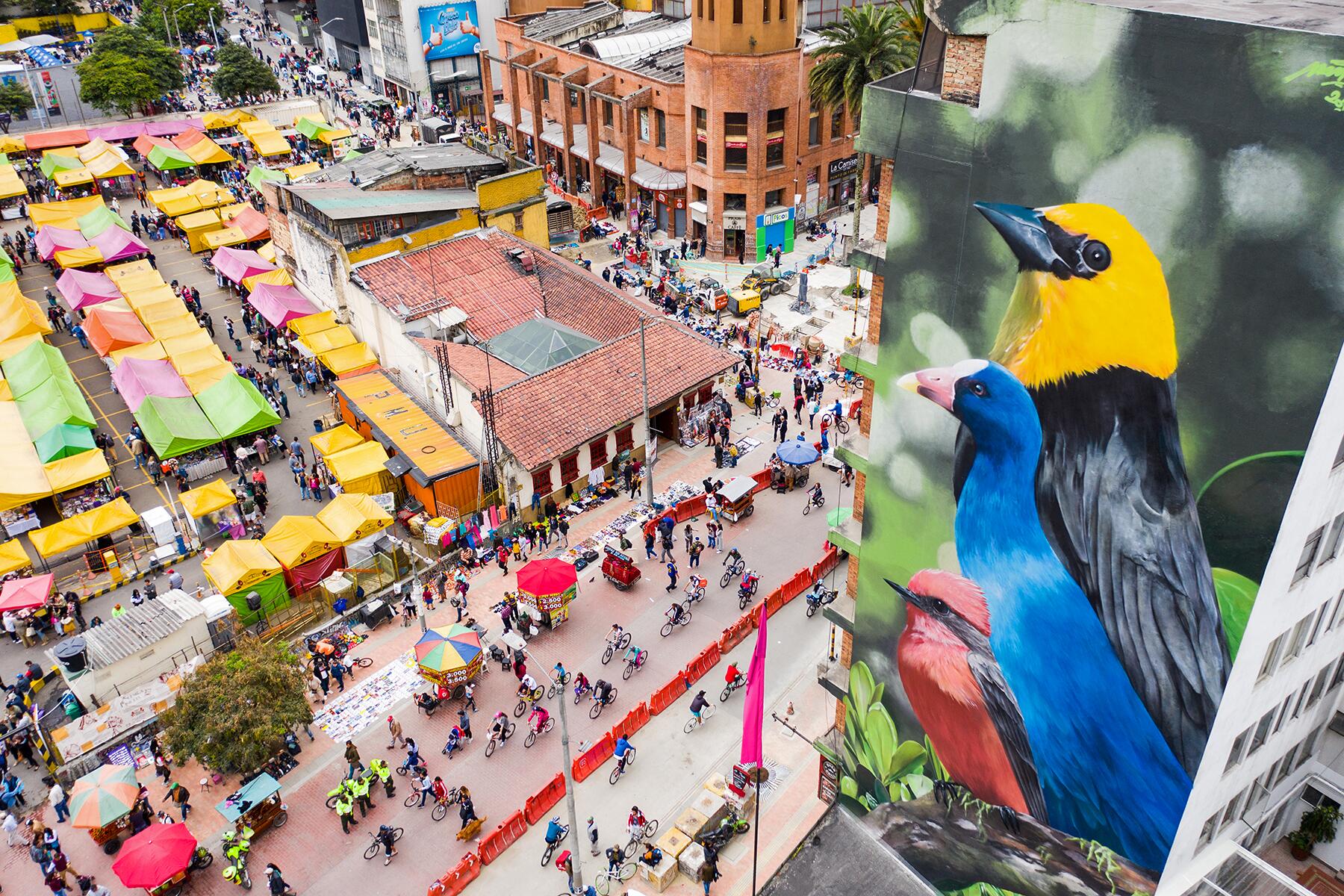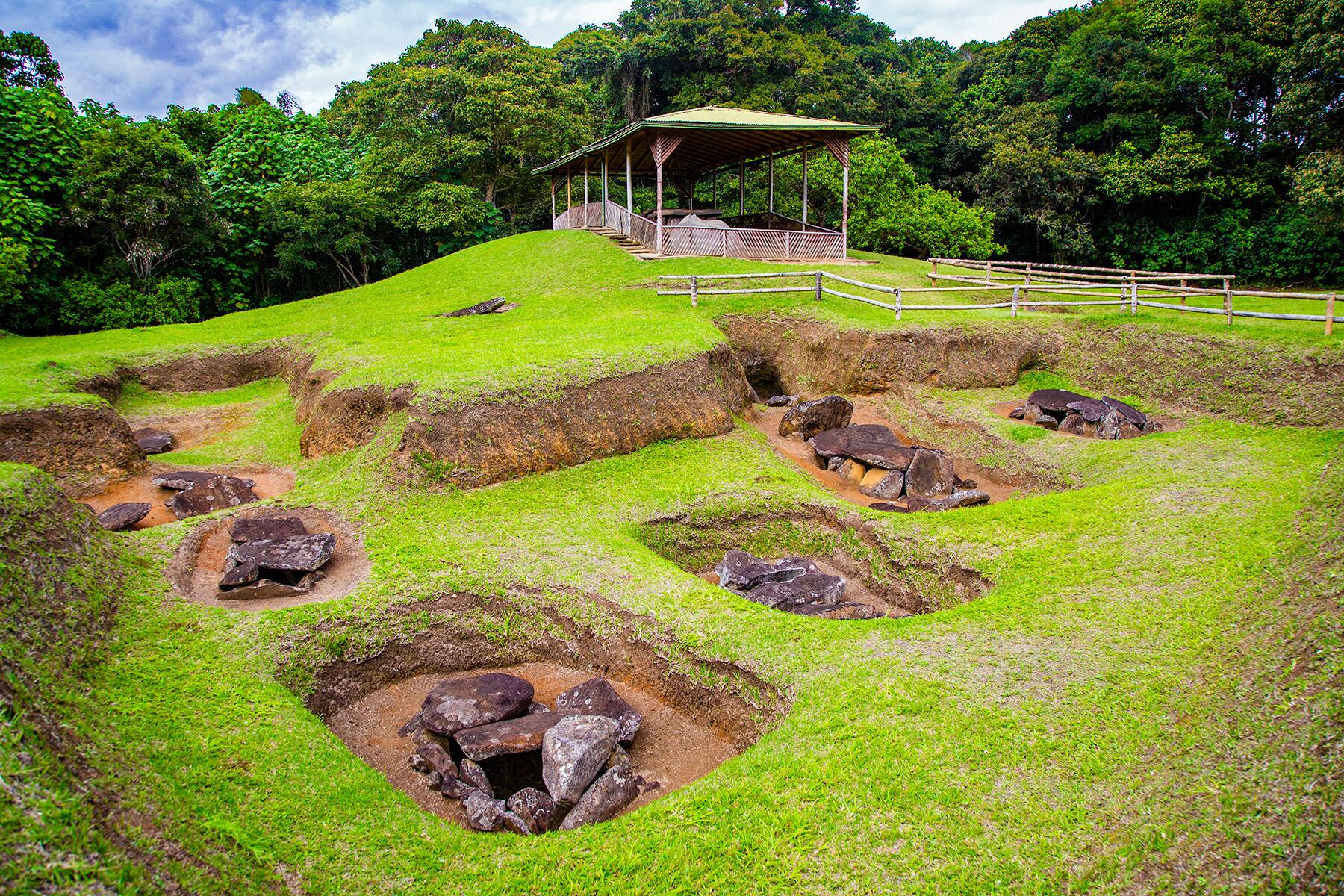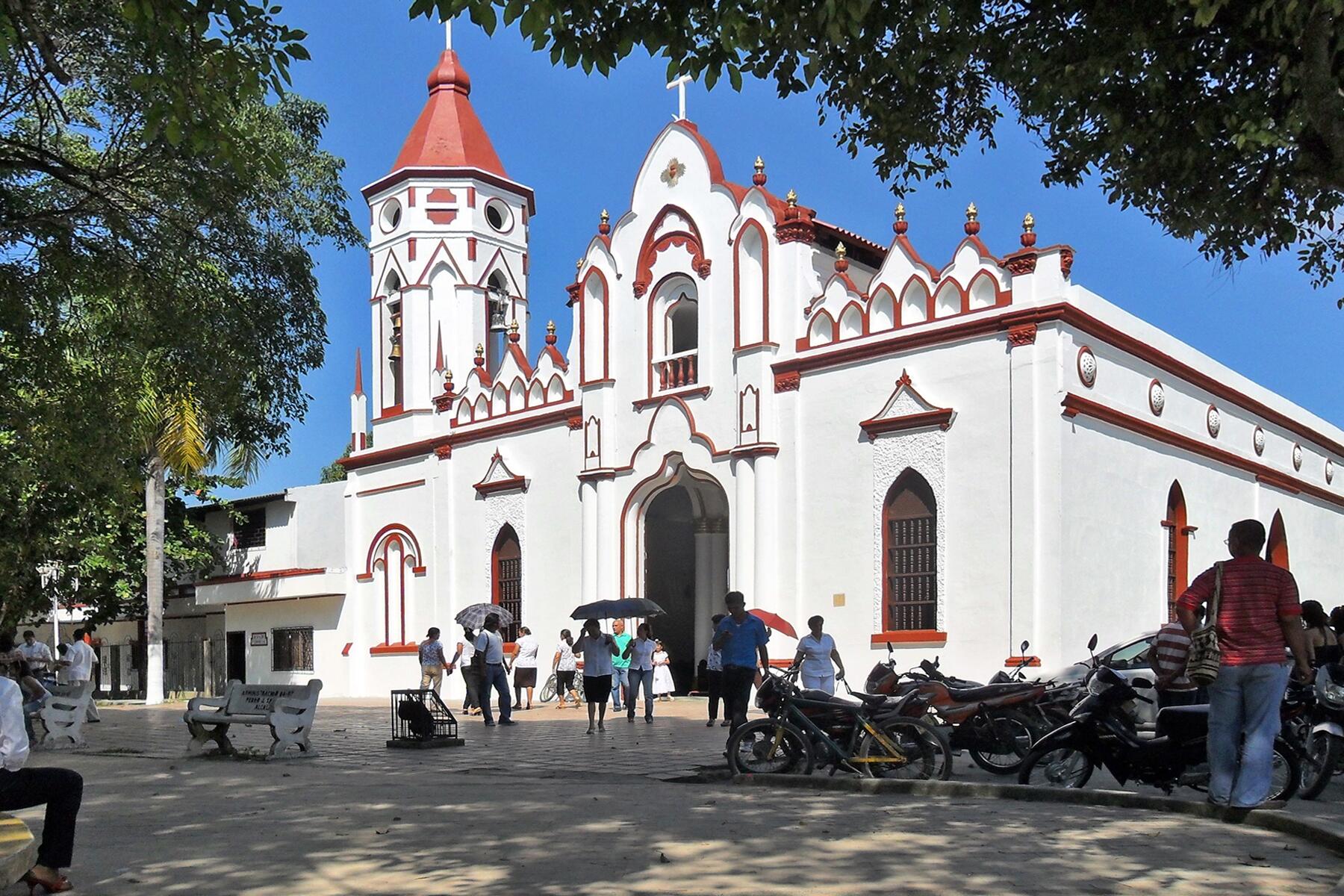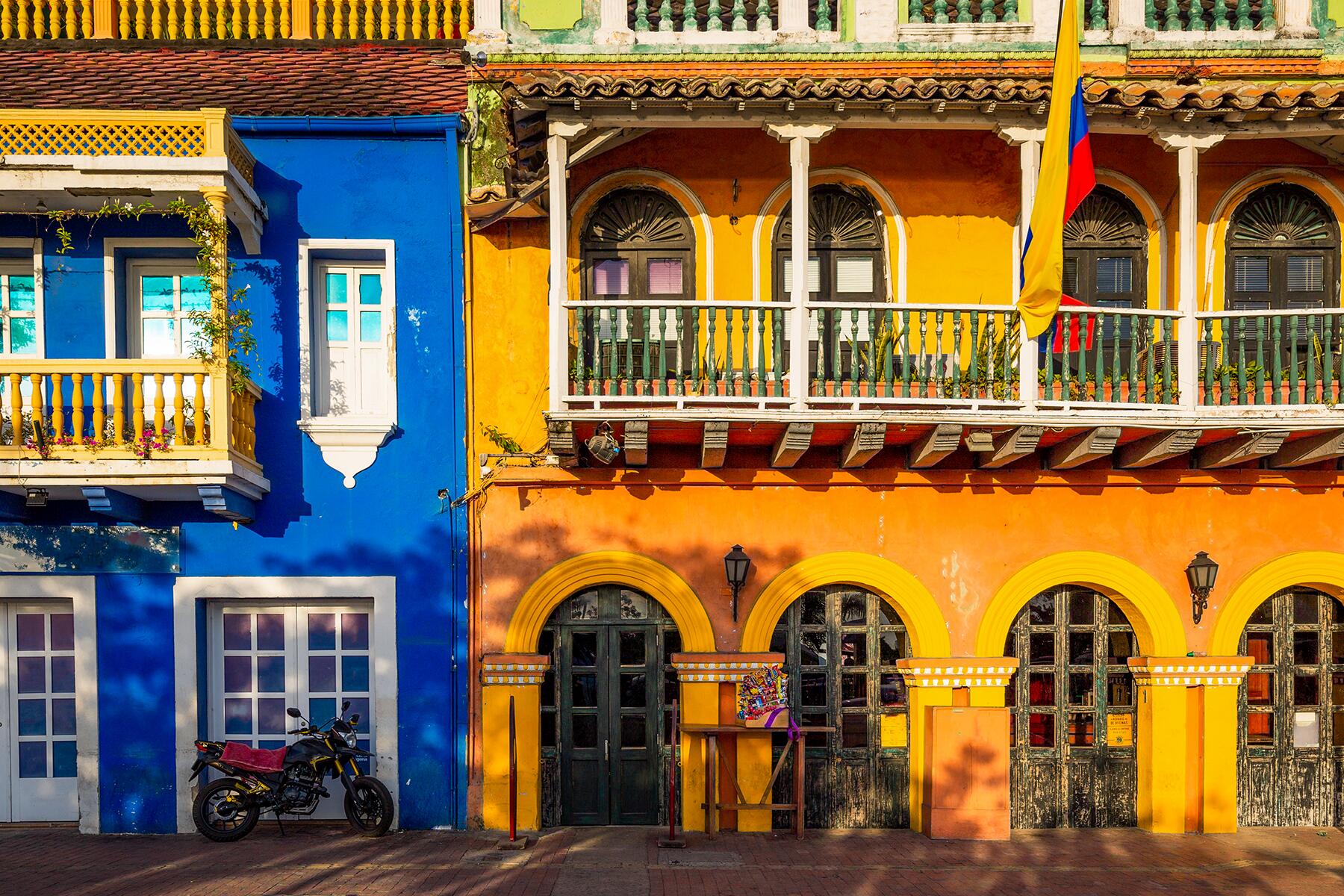Colombia is blessed in many ways. On the continent's northern tip, it's the only South American country that fringes both the Atlantic and Pacific. It's rich in emeralds, coffee, and oil. And because it straddles the equator, it's one of the most lush countries in terms of tropical flora and wildlife—there are more species of birds in Colombia than anywhere else in the world. You can jump on a plane and in less than an hour find yourself in a different dramatic setting—be it the cobblestone streets of a weathered colonial port, the stalls of a crowded market where Guambiano merchants still speak the tongues of their ancestors, or at the base of snow-covered peaks rising sharply from a steamy coastal plain.
Bogotá, Colombia's sprawling capital of more than 8 million people, stands...
Read MoreColombia is blessed in many ways. On the continent's northern tip, it's the only South American country that fringes both the Atlantic and Pacific. It's rich in emeralds, coffee, and oil. And because it straddles the equator, it's one of the most lush countries in terms of tropical flora and wildlife—there are more species of birds in Colombia than anywhere else in the world. You can jump on a plane and in less than an hour find yourself in a different dramatic setting—be it the cobblestone streets of a weathered colonial port, the stalls of a crowded market where Guambiano merchants still speak the tongues of their ancestors, or at the base of snow-covered peaks rising sharply from a steamy coastal plain.
Bogotá, Colombia's sprawling capital of more than 8 million people, stands at the end of a vast plateau in the eastern Andes. It's a city renewed, the proud heart of a colorful and storied nation, creative and chaotic and more fun than ever. And, it's a city that's reclaiming its place as one of the great South American capitals, with elegant shopping streets, lovely colonial neighborhoods, a flourishing restaurant scene, and chic nightclubs where stylish young Bogotanos (as inhabitants of Bogotá are called) party into the night.
Cartagena, widely revered as the most striking colonial city in South America, is an excellent destination if you want to be on the Caribbean coast. If you equate vacationing with lounging in the sun, the beaches of San Andrés and Providencia islands are Colombia's most compelling. Undeterred by the 640-km (400-mile) trip from the mainland, Colombians escape to the resort islands for weekends of swimming, sunbathing, shopping, and sipping rum at thatch-roof waterfront bars.
Most of the country's 42 million people live in Colombia's western half, where the Andes split into three cordilleras, or ridges: Oriental, Central, and Occidental. As you ascend the mighty mountains, subtropical valleys give way to rigid, fern-carpeted peaks where the ever-present mists are brightened only by votive candles placed by truck drivers at roadside shrines. West of Bogotá, quiet villages hug the hillsides en route to Medellín, former base of the eponymous drug cartel of Pablo Escobar. Despite its notorious reputation, Medellín is a pleasant, relatively safe, modern city surrounded by velvety green hills and miles of lush farmland. Further south, the high-altitude valleys with volcanic soil and ample rainfall create perfect conditions for growing coffee. Proud cafecultores have carpeted them with man-sized, red-berry-bearing bushes, the waves of green only interrupted by the occasional red-and-white hacienda or rough wooden home improbably perched on a ridge and taking in seemingly eternal vistas of cloud-topped blue hills.
Find a Hotel
Top Destinations
Top Destinations
All Destinations
Expand All Collapse All
Top Experiences
Top Experiences
Recent Forum Posts
Recent Forum Posts
-
D
Advice on Colombia itinerary
Donaldlindsay3175 started Jul 23, 2023 |Last reply Jan 2, 2024 5 replies 2429 views -
L
5 Nights in Colombia (Medellin & Bogota): Trip Notes
LAX_Esq started Aug 14, 2023 |Last reply Nov 12, 2023 2 replies 2137 views -
A
Beach conditions in Colombia (Caribbean)
Asparagus22 started Aug 8, 2023 |Last reply Sep 17, 2023 1 replies 815 views

